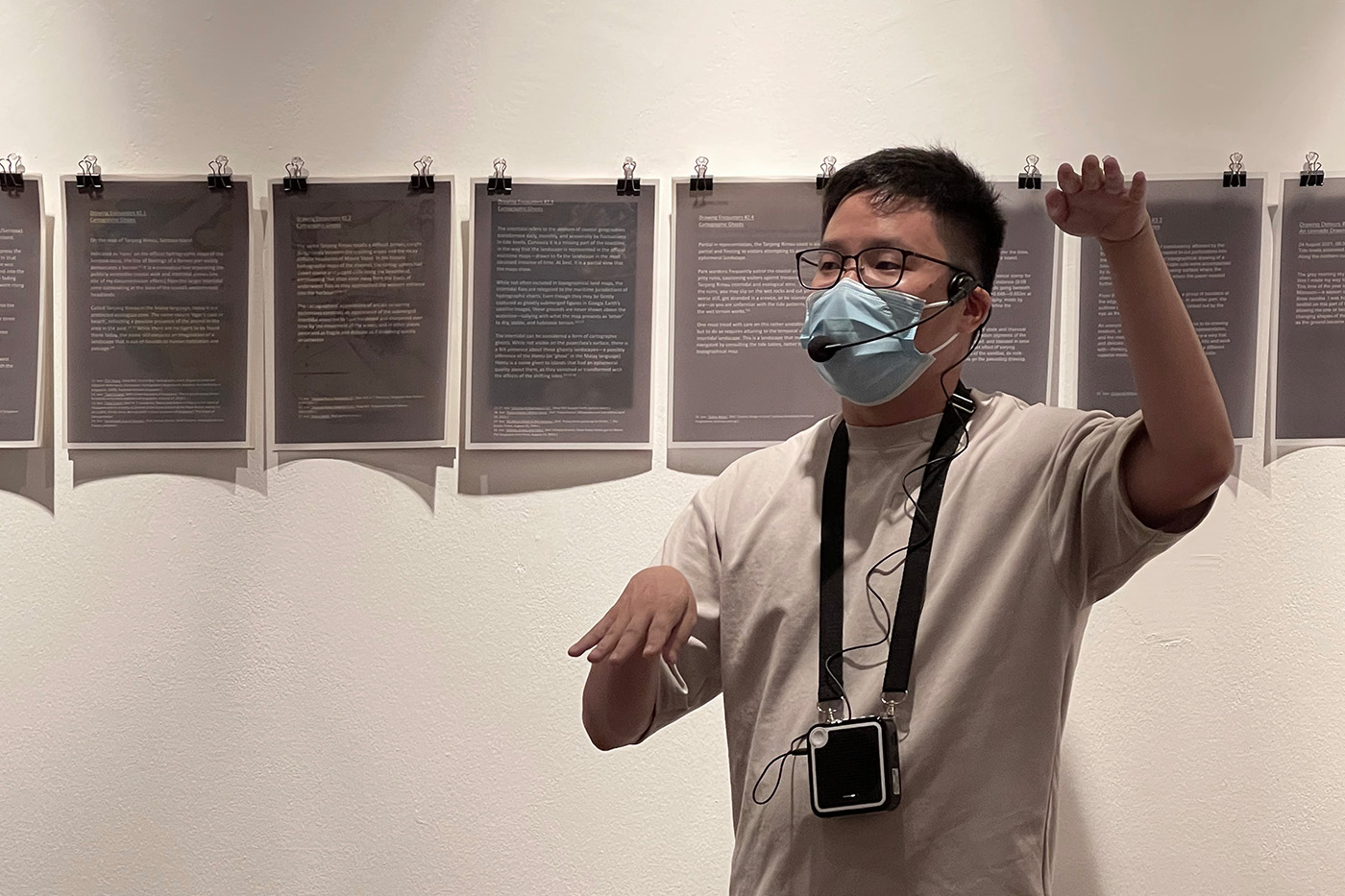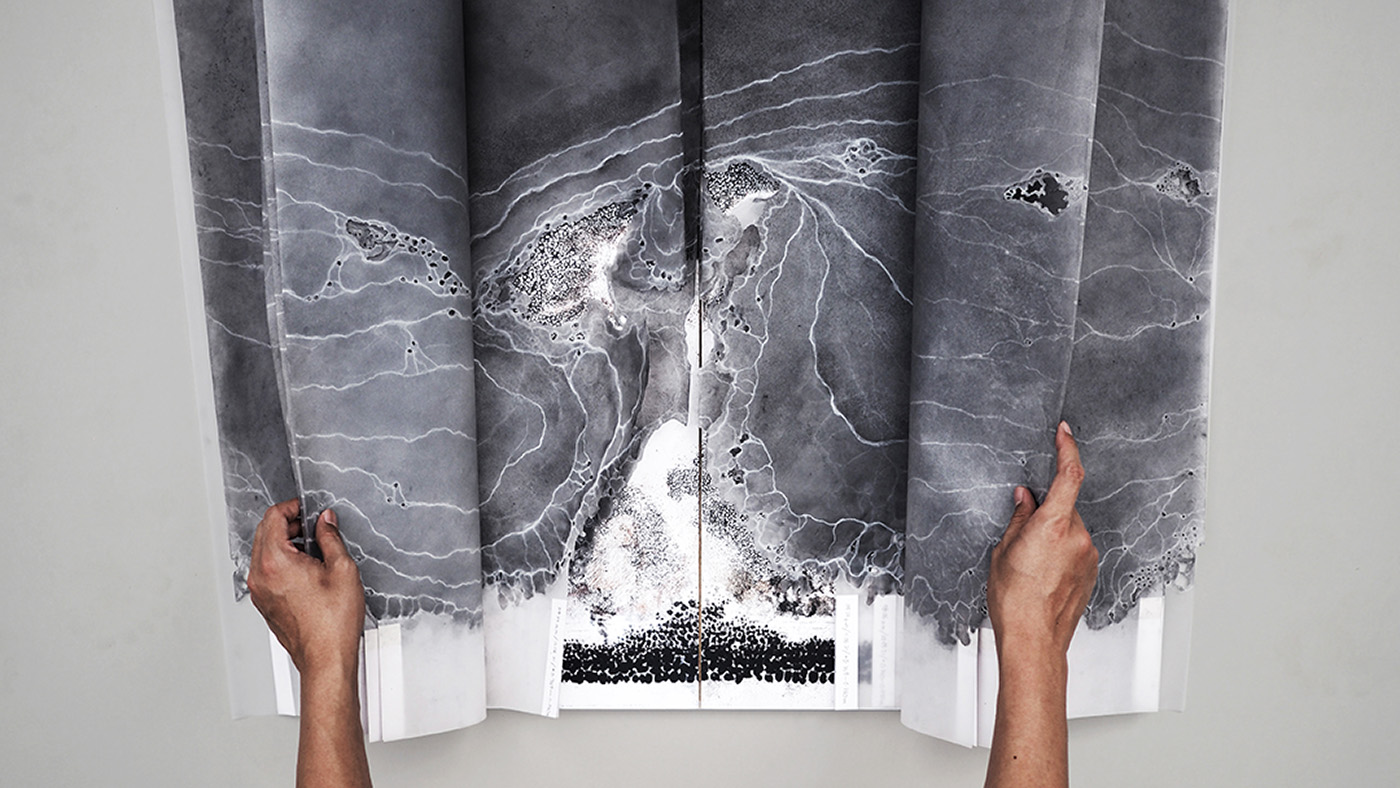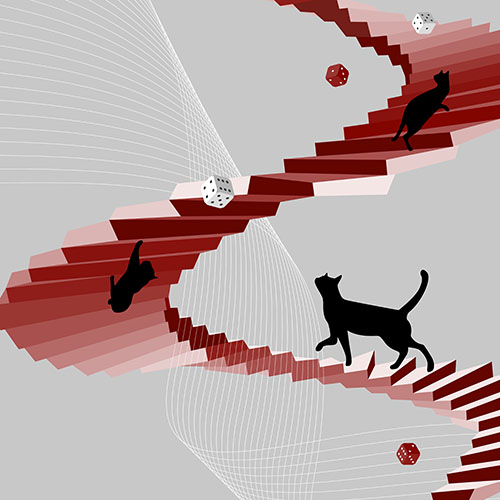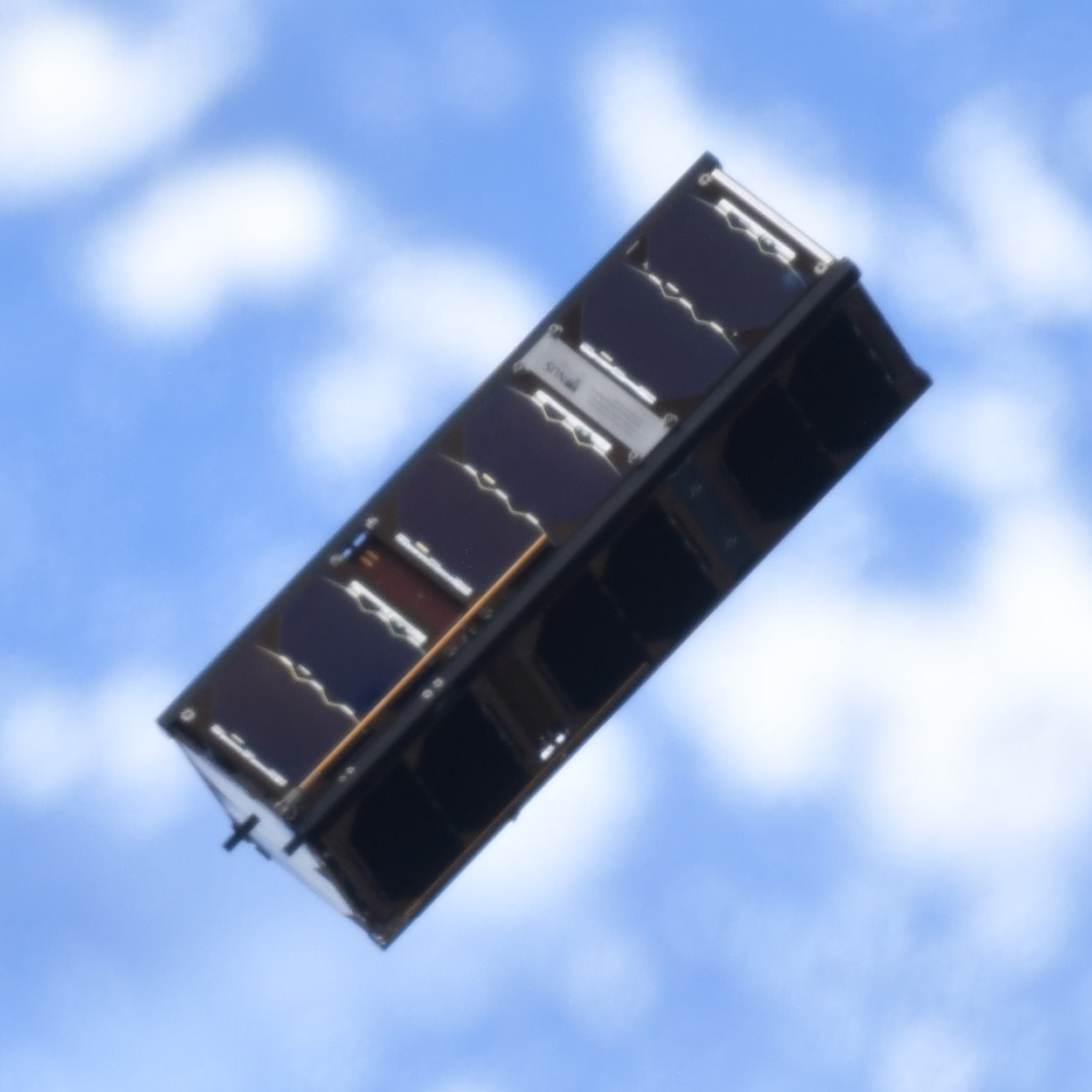Highlights
CQT welcomes Wong Zi Hao as Artist-in-Residence
 Wong Zi Hao is pictured at Intimate Landscapes, an exhibition open at NUS Museum until 28 May that includes some of his doctoral work. Register here to attend an online talk he will give on Tuesday 15 March, 4pm, about his work and plans for his CQT residency. Image: Ian Mun
Wong Zi Hao is pictured at Intimate Landscapes, an exhibition open at NUS Museum until 28 May that includes some of his doctoral work. Register here to attend an online talk he will give on Tuesday 15 March, 4pm, about his work and plans for his CQT residency. Image: Ian Mun
Artist Wong Zi Hao has begun a four-month residency at the Centre for Quantum Technologies. His goal is to develop a proposal for a public artwork that speaks to the Centre’s research and ambition, which could be commissioned for display on site.
During the residency, Zi Hao has also mentored student winners of NUS’ first student public art contest. Their work will be unveiled on 8 April 2022 at the Central Library during the NUS Arts Festival.
A trained architectural designer, Zi Hao is the co-founder of the design and architecture practice Studio Super Safari since 2014. His interest in design research brought him back to NUS, his alma mater, in 2019 to pursue a PhD at the Department of Architecture.
His ongoing doctoral research, which focuses on the representation in maps of the coastline and how it changes as tides ebb and flow, is now on show at the exhibition Intimate Landscapes at NUS Museum. The project uses drawing, making, and writing to think about the ‘nature’ of representation, probing what is incompatible and excessive to representational conventions and knowledge boundaries.
 Zi Hao’s ‘‘A book of Tides: Map of coastal landform going under the tides” - a many-layered map of an intertidal zone on Sentosa island that he has crafted by hand over many visits. It is now on show at the exhibition Intimate Landscapes at NUS Museum. Image: Wong Zi Hao
Zi Hao’s ‘‘A book of Tides: Map of coastal landform going under the tides” - a many-layered map of an intertidal zone on Sentosa island that he has crafted by hand over many visits. It is now on show at the exhibition Intimate Landscapes at NUS Museum. Image: Wong Zi Hao
To launch the residency, Zi Hao has already visited a handful of CQT’s experimental labs and spoken with researchers. These conversations, he reflects, have made him start to think of his drawings as material simulations of nature.
He says “It was wonderful inside the labs where I saw a whole new world of very minutely small and delicate worlds within those black boxes—focused into view through pieces of angled glass emanating with shining lights and captured in time as patterned dots on computer screens. Over coffee and tea, we talked about the fragile (and rather impossible) moment of an atom stopping and looking back at us, reminding me of the similar moment when the act of drawing makes visible one instance of an idea among a million other thought possibilities.”
Spending around two days per month at the Centre, he will meet with CQT researchers to explore quantum ideas and come up with a concept for a public artwork. On Tuesday 15 March, 4pm, Zi Hao will give a presentation on his past work and plans so far for the residency. The online talk is open to all. Please pre-register here.
Zi Hao was among a handful of artists invited to apply for the new CQT Artist-in-Residence (AiR@CQT) programme designed in collaboration with NUS Museum. Two artists were offered residencies after submission of their initial proposals and interviews. The second artist is expected to take up residency towards the end of 2022.
NUS Museum curator Karen Lim, who was the appointed curator for commissioned public art for 34 Singapore’s MRT stations in LTA’s Art in Transit programme, the largest public art showcase in Singapore, and serves as secretariat for the NUS Public Art Committee (PAC), is advising on the residency plans and working with Zi hao on the development of his concept for the residency.
The PAC launched a policy in 2021 that aims to support public art on the university campus. The policy states “Building a University public art collection is an important way in which NUS can intentionally signal support for public art and serves the NUS mission to educate, inspire and provide enjoyment for the NUS community, its stakeholders, and the public.”
Karen says “Making public art central to campus life paves the way for our university community to connect, bond and belong. It is the necessary “software” of campus life, which brings out the heart of the community, thereby expressing our dreams, aspirations, shared identity and our common cause. I am glad to have the opportunity to lead this initiative and it is wonderful to partner CQT and the NUS community embracing this interdisciplinary effort.”
CQT has previously hosted artists-in-residence who created temporary installations, writers-in-residence who published books, and collaborated in the performing arts. At the end of his residency, Zi Hao’s public art proposal will be shared with CQTians and with the PAC for consideration for commissioning.









